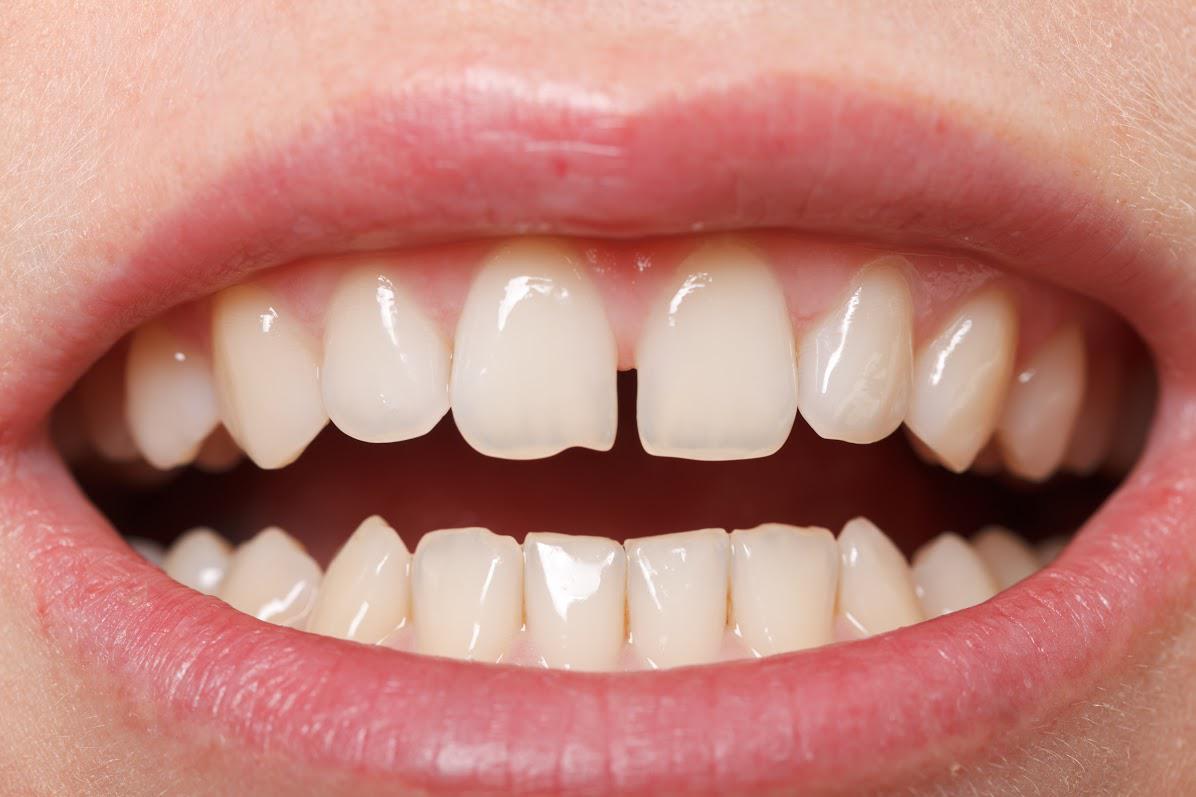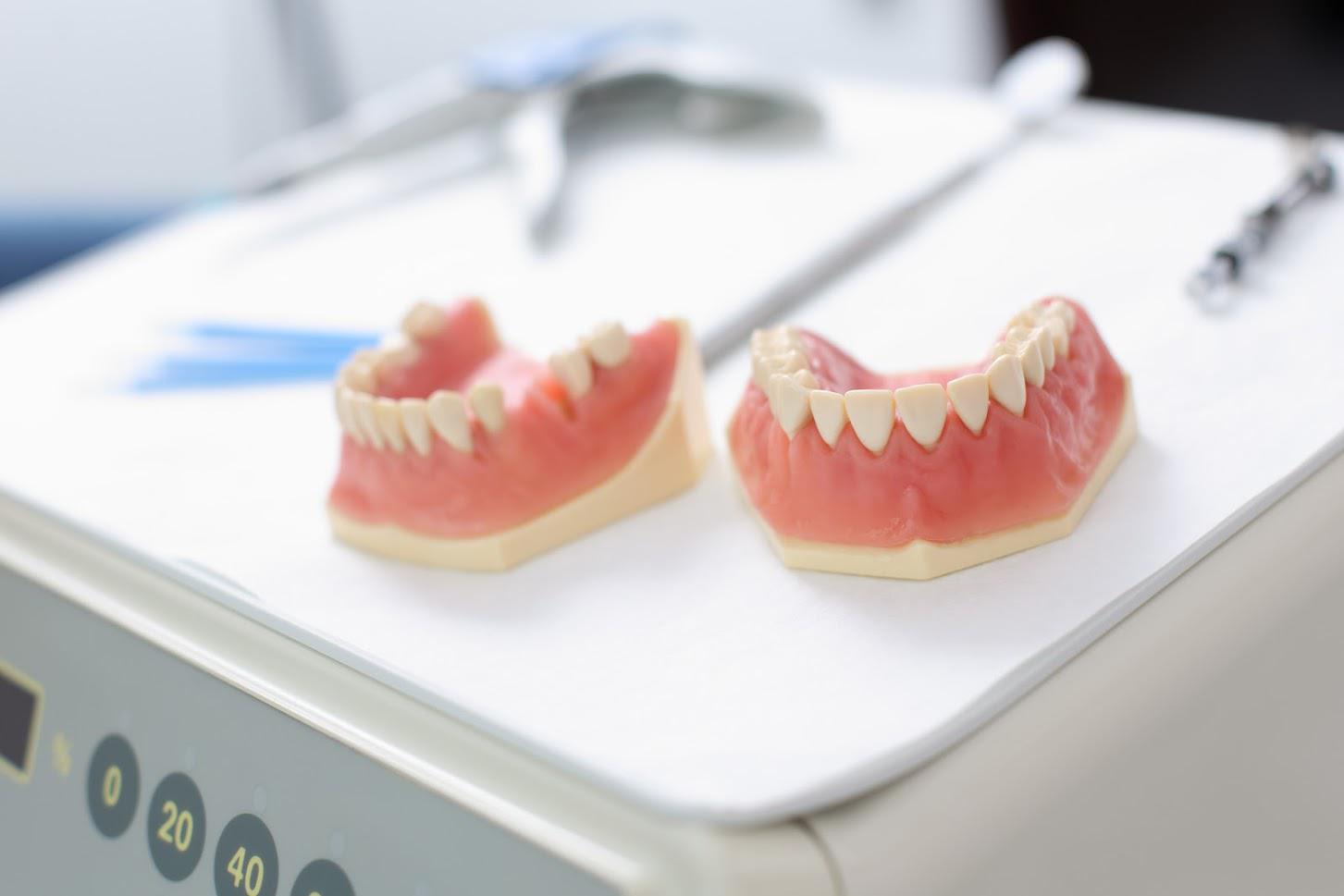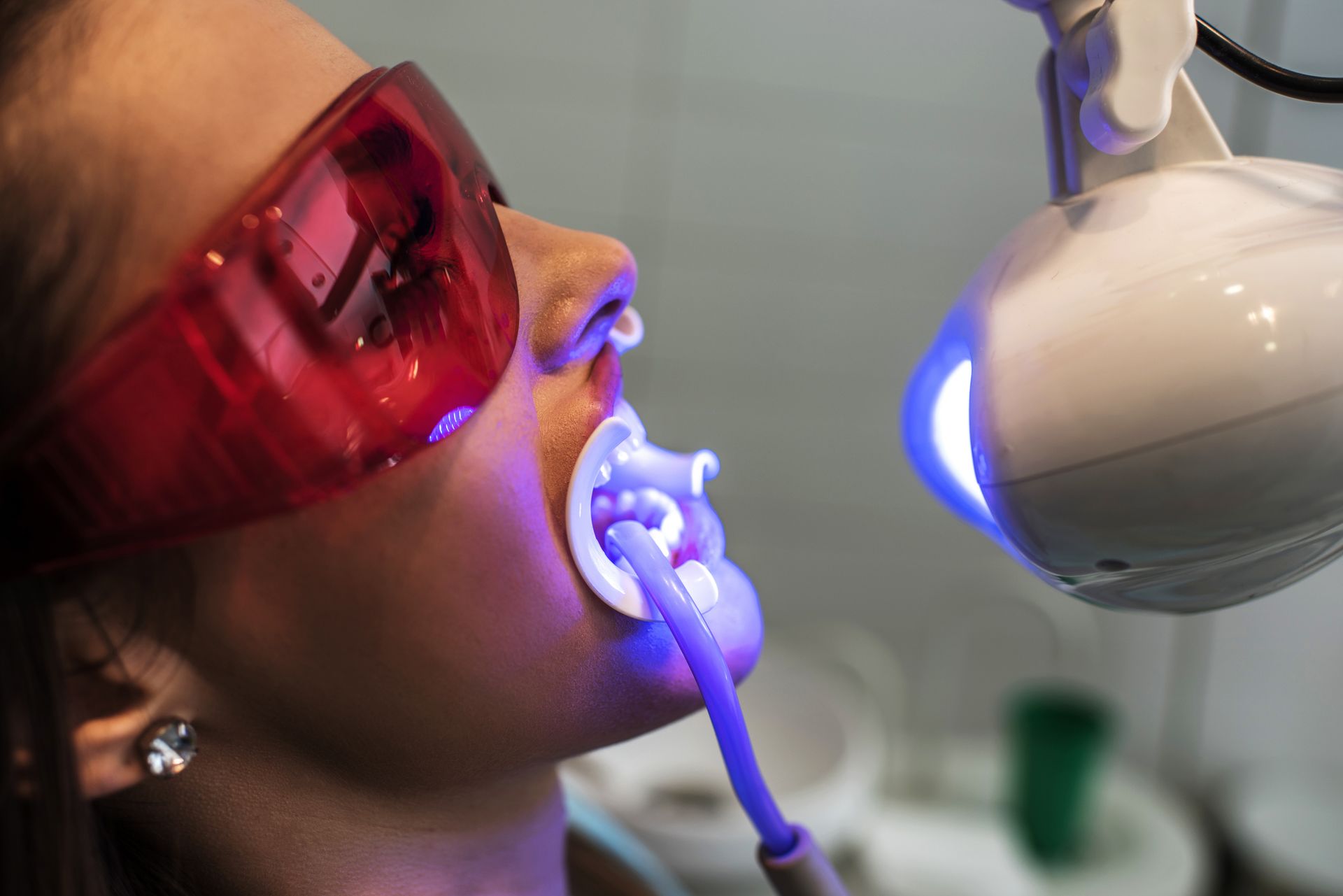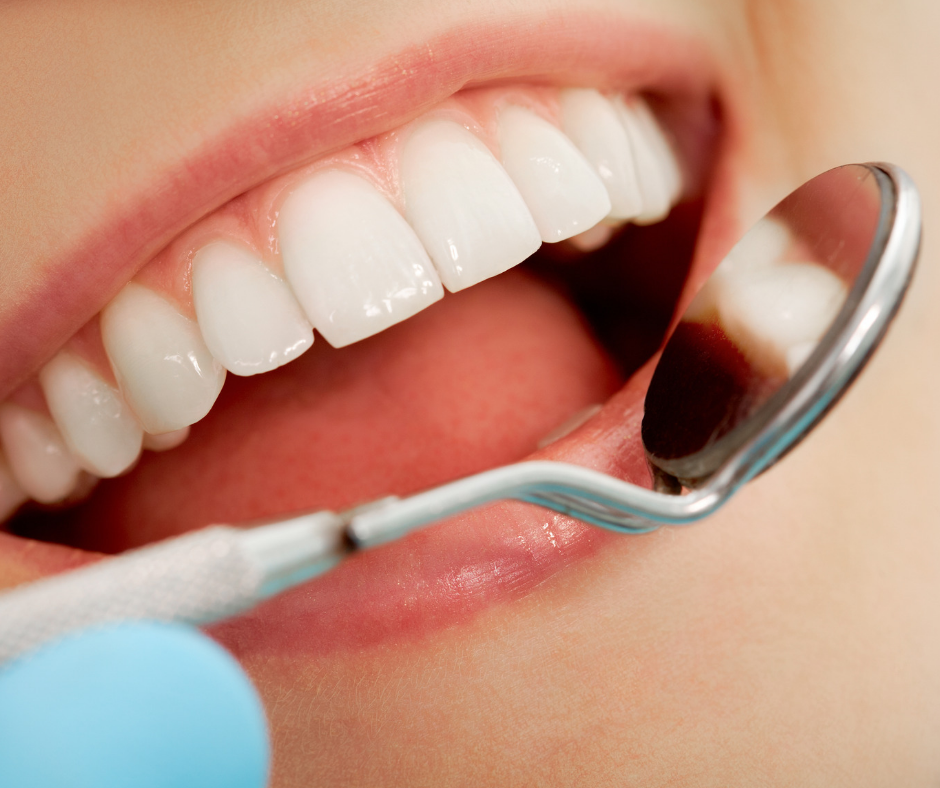What You Need to Know About Gaps Between Teeth

Diastema, or gaps between the teeth, is a condition that affects many people, but there is more to this condition than you may realize. If you are looking for a solution for gaps between your teeth or have always wondered about the cause, this guide will cover everything you need to know to take the first steps toward a smile that you are happier with.
What Causes Gaps Between Teeth?
Gaps between your teeth can be the result of several different causes, and the condition will present itself differently depending on the cause. In some cases, gaps are the result of a developmental problem that causes the teeth and jawbone to be incorrectly sized. If the teeth are too small for the jawbone and mouth, there will usually be relatively even gaps between all teeth.
Single gaps or gaps in common places usually have more specific causes. A gap between the upper front teeth can be caused by overgrowth of the labial frenum, the tissue that connects from the back of the upper lip to the upper gum. In some people, this tissue grows downward and forces a gap between the two front teeth.
Certain habits can lead to gaps between teeth, especially during childhood when the teeth are still developing. Thumb sucking and tongue thrusting are two examples that place enough force on the teeth to cause them to shift and create gaps if the habits continue for an extended time.
What Are the Risks of Gaps Between Teeth?
The appearance of gaps between your teeth can affect your confidence and your satisfaction with your smile. Unfortunately, gaps are more than a cosmetic issue. If gaps between your teeth are left untreated, your teeth can continue to shift until problems arise, such as a misaligned bite. The forces from chewing or closing your mouth can lead to chipped and cracked teeth if they aren't properly aligned.
Gaps between your teeth also put you at greater risk of oral infection. Food particles can get caught in gaps between teeth, promoting the growth and spread of bacteria. Accelerated bacterial activity on the gums and teeth can lead to gum sensitivity, cavities, and bad breath.
In extreme cases, gaps between your teeth can pose a risk to your overall health. Bacteria can infiltrate the bloodstream through the teeth and gums and attack the rest of your body. People with poor oral health and oral infections are at a greater risk of heart disease and damage to other organs.
What Are the Treatments for Gaps Between Teeth?
Cosmetic dentists primarily use three methods for reducing gaps between teeth: bonding, veneers, and braces. Braces are most effective in childhood, although adult braces can be effective at correcting spacing and reducing gaps as well.
Bonding is a dental treatment method where material is added to the teeth to improve their size, shape, and spacing. A composite, tooth-colored resin is applied first as a putty, and then a UV light is used to harden the material. Bonding can make the teeth appear larger and in turn reduce the size of gaps between the teeth.
Like bonding, veneers are an additive method that hide gaps by slightly enlarging the teeth. Instead of a composite resin, veneers are caps made of porcelain or ceramic that go over the teeth. Veneers are more costly than bonding, but they are also a more permanent solution.
Modern dental techniques can restore almost any cosmetic imperfection with your teeth, so gaps between your teeth isn't something you have to live with. Visit Gregory S. Rutherford, DDS, PA, so we can help you achieve the smile you've always wanted.

















